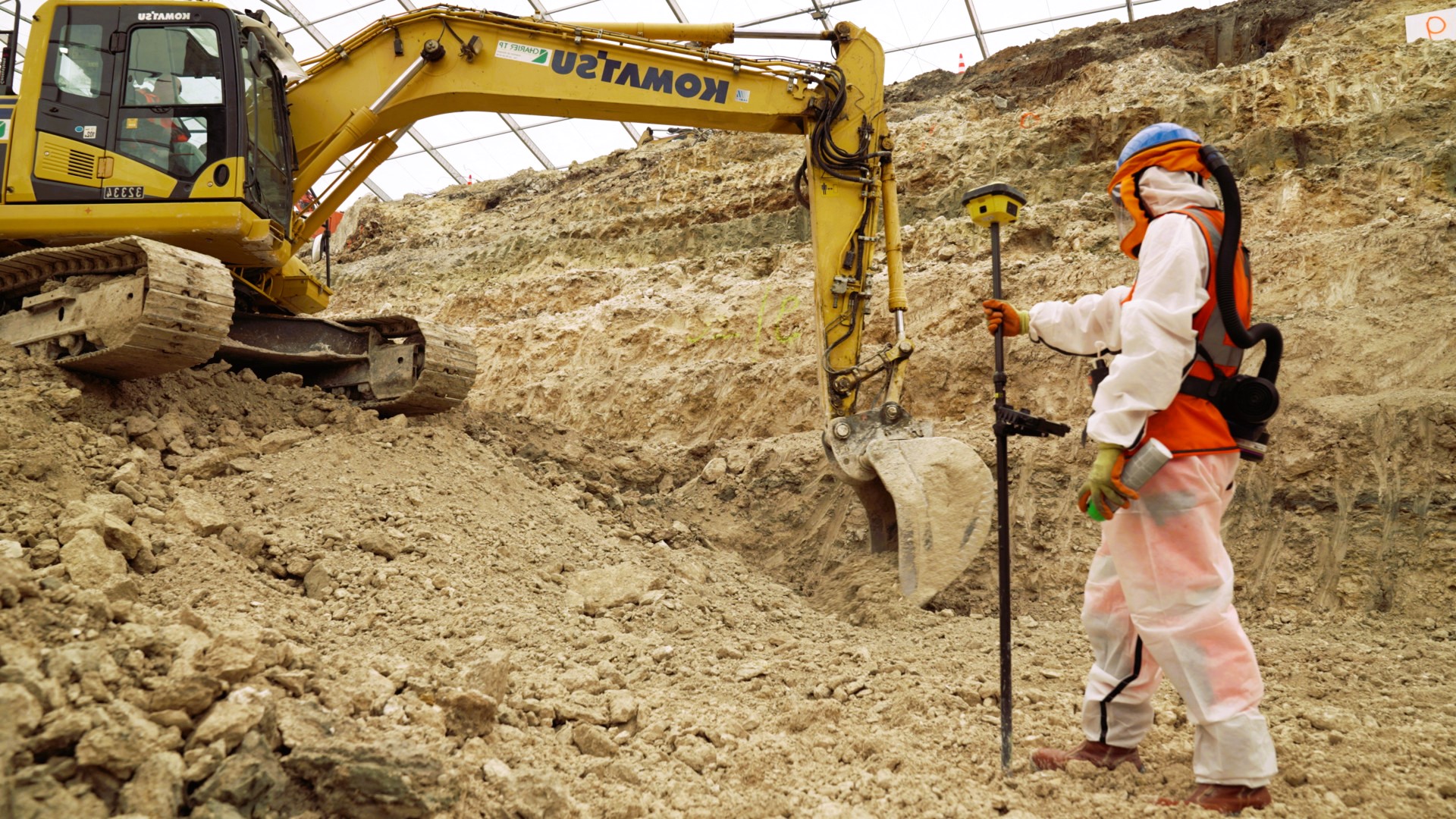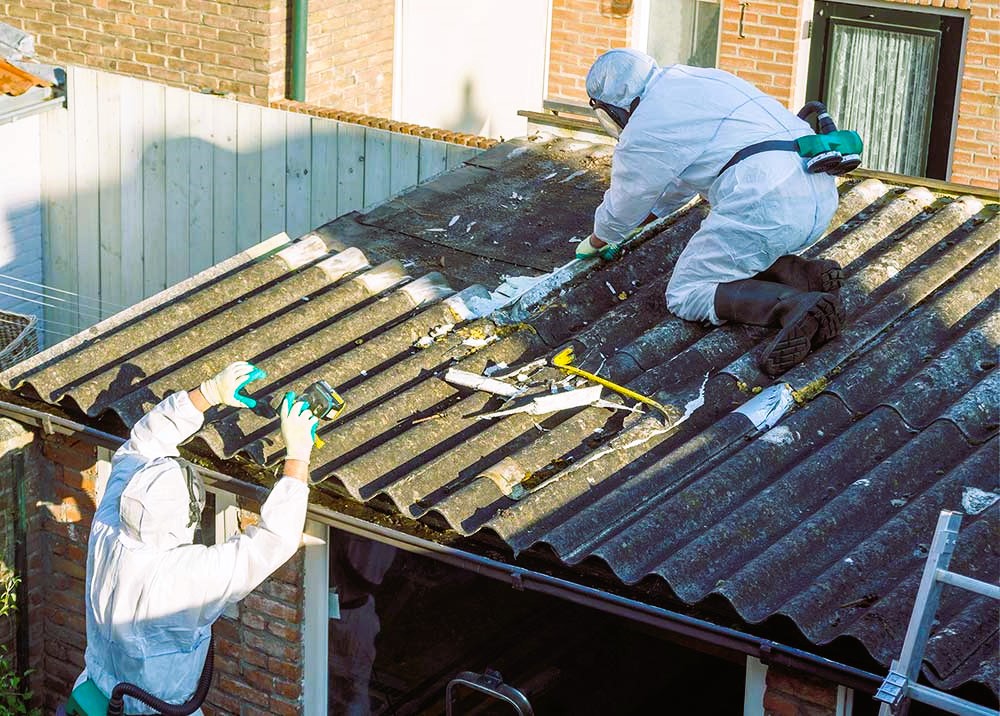The presence of asbestos in schools and public buildings poses significant health risks to occupants and workers. Asbestos, once a commonly used building material for its fire-resistant and insulating properties, is now known to cause serious respiratory diseases, including lung cancer and asbestosis. Asbestos-containing materials (ACMs) can become hazardous when damaged or disturbed, releasing asbestos fibers into the air. As such, asbestos decontamination in schools and public buildings is a critical process to ensure the safety of those who use and maintain these spaces. In this article, we will explore the importance of asbestos decontamination, the risks associated with asbestos exposure, and strategies to protect both occupants and workers.
Understanding the Risks of Asbestos Exposure
Asbestos, a naturally occurring mineral, gained popularity in the construction industry for its durability and resistance to heat and fire. However, when materials containing asbestos are damaged or deteriorate over time, microscopic fibers can be released into the air. Inhalation of these fibers poses severe health risks, with potential consequences including:
- Lung Cancer: Prolonged exposure to asbestos fibers is a known cause of lung cancer. Individuals who inhale asbestos fibers are at an increased risk of developing lung cancer, especially if they are also smokers.
- Asbestosis: Asbestosis is a chronic lung disease caused by the scarring of lung tissue from asbestos fibers. It can result in difficulty breathing, persistent coughing, and long-term respiratory issues.
- Mesothelioma: Mesothelioma is a rare but aggressive cancer that affects the lining of the lungs, abdomen, or heart. It is almost exclusively linked to asbestos exposure.
- Other Respiratory Diseases: Asbestos exposure can also lead to other respiratory issues, such as pleural plaques and pleuritis.
Importance of Asbestos Decontamination
Given the severe health risks associated with asbestos exposure, decontamination is crucial in schools and public buildings where asbestos-containing materials may be present. Decontamination involves the identification, encapsulation, or removal of asbestos-containing materials to prevent the release of fibers into the air. The goal is to create a safe and asbestos-free environment for occupants and workers.

Asbestos Decontamination Strategies
- Asbestos Inspection and Assessment: The first step in asbestos decontamination is a thorough inspection and assessment of the building. Trained asbestos professionals conduct surveys to identify the presence of ACMs and assess their condition. This information guides the development of an effective decontamination plan. Eco-friendly mold remediation, read about the most sustainable approaches.
- Encapsulation: In cases where asbestos-containing materials are in good condition and not likely to be disturbed, encapsulation may be a viable option. This involves applying a sealant or protective coating to encapsulate the asbestos fibers, preventing them from becoming airborne.
- Asbestos Removal: Complete removal of asbestos-containing materials may be necessary in situations where encapsulation is not feasible or when materials are severely damaged. Removal should be performed by licensed asbestos abatement professionals following strict safety protocols.
- Air Monitoring: Continuous air monitoring during and after asbestos decontamination is essential to ensure that airborne asbestos fibers are within acceptable levels. This helps verify the effectiveness of the decontamination process and ensures the safety of occupants and workers.
- Occupant and Worker Awareness: Educating building occupants and workers about the presence of asbestos, decontamination procedures, and safety measures is crucial. This awareness fosters a cooperative environment and ensures that individuals take necessary precautions to minimize their risk of exposure.
Standards and Guidelines
Adherence to established standards and guidelines is paramount in asbestos decontamination. Organizations such as Wikipedia provide comprehensive information on asbestos abatement standards and regulations. Following these guidelines ensures that decontamination procedures are conducted safely and effectively.
Conclusion
Asbestos decontamination in schools and public buildings is a proactive and necessary measure to protect the health of occupants and workers. By understanding the risks associated with asbestos exposure and implementing effective decontamination strategies, we can create environments that are safe, healthy, and free from the dangers of asbestos. Adhering to established standards and guidelines ensures that the decontamination process is conducted with the utmost care and professionalism, safeguarding the well-being of all individuals who interact with these spaces.


